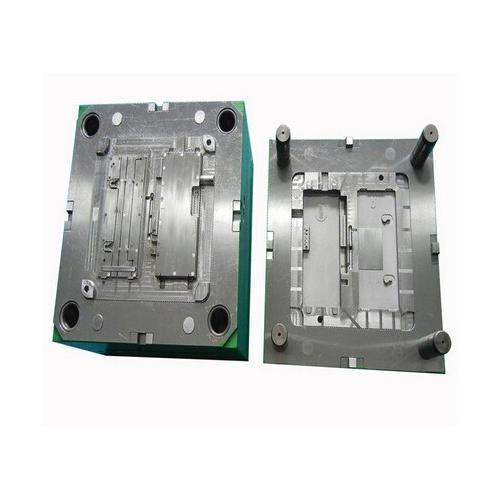Plastic bottle industry is growing at a rapid rate. The versatility in this industry is quite astonishing. Thermoplastic polymers are used to create a wide variety of bottles. They are created by the moulding process. Injection moulding is by far the most popular method in India. Let’s discuss about the process in details.
The basic principle of injection moulding process involves heating plastic granules at high temperatures and giving them the desired shape by using metal objects known as an injection molding molds. The plastic granules or PET granules, in case of plastic bottles or jars, are selected after getting them dehumidified. The reason behind their dehumidification is to remove the moisture present in them. The moisture can cause a serious problem during the moulding process.
The first step involves heating them at high temperature. They are then inserted in the injection mould and allowed to be cooled to get the required shape. After the cooling process, they are ejected and the process continues with the next set of plastic granules. You can get whatever shape you want by selecting the appropriate mould.
The injection moulding process offers the best detail in the design. It’s the preferred method for manufacturers using complex designing in their products. The outcome always exhibits excellent strength. Manufacturers have the option to use a wide variety of plastic granules in this method. It’s also one of the most cost-effective moulding solutions out there due to their high-production rate. The initial cost will be recovered quickly due to the huge production in a short span of time.
The method is also renowned for its low waste output. The process is mostly automatic with new machines supporting industry 4.0 and IoT. The fully-automatic machines require minimum supervision. Therefore, it keeps labour costs low by eliminating excess labour. The process is extremely flexible and gives lots of customization options such as colour, textures, finish, etc.
The moulds are designed using advanced computer software. Mould designing takes by keeping various factors in minds such as thickness, weight, stretchability, thread filament, and other important factors. The design is then transferred into the sophisticated manufacturing machines for the creation of moulds. The final output is tested for accuracy in design, durability and other features. Moulds with the slight fault(s) are discarded because a simple manufacturing defect can cause a big design blunder during the moulding process.
Reputed manufacturers spend a lot on the research & development of the design & manufacturing of their molds. Any company looking for injection mould should know about the research facility of the manufacturers before procuring mould. In this way, they would get only high-quality products for their manufacturing process PET Preform Delhi India.


